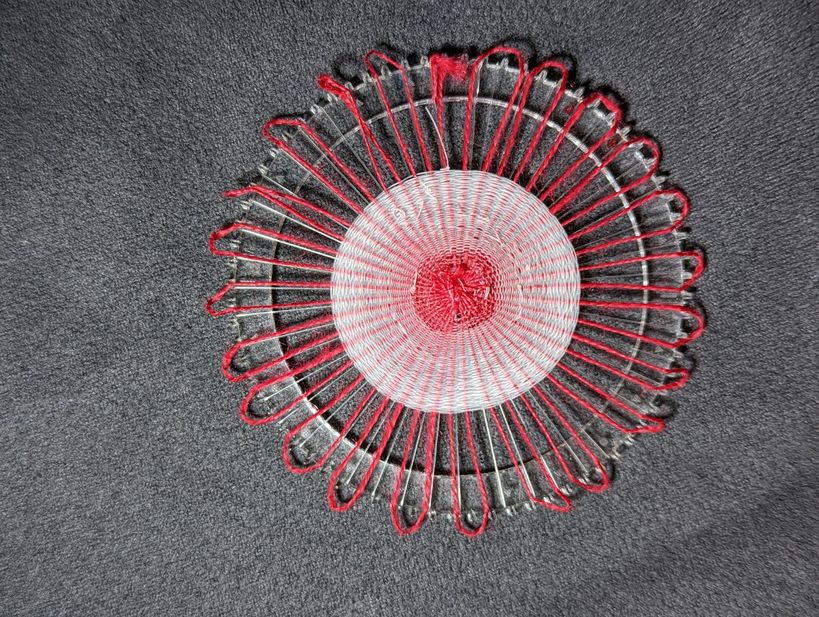Science Daily February 21, 2023
Active fabrics, responding autonomously to environmental changes, are the “Holy Grail” of current development of smart textiles. Liquid crystal elastomers (LCEs) promise to be the base materials for large-stroke reversible actuation. The mechanical behavior of LCEs matches almost exactly the human muscle. Yet, it was not possible to produce filaments from LCEs that would be suitable for standard textile production methods. Based on their recent development of next-generation LCE fibers, an international team of researchers (Finland, UK) has developed a process for producing active fabrics incorporating LCE yarn, woven on a standard loom. Weave density and structure can be controlled in the process. They tested two types of LCE yarns (soft and stiff) and their incorporation into several weaving patterns and found that the twill pattern with stiffer LCE yarn showed the greatest blocking force of 1–2 N/cm, and the weft rib pattern that showed over 10% reversible actuation strain on repeated heating cycles. They demonstrated reversible 3D shape changes of active fabric by utilizing the circular weaving patterns that lead to cone shapes upon heating. According to the researchers seamless combination of active LCE yarns and existing passive yarns can be transformative in creating a new type of stimuli-responsive actuating textiles… read more. Video Open Access TECHNICAL ARTICLE

Credit: Kuva: Pedro Silva / Aalto-yliopisto